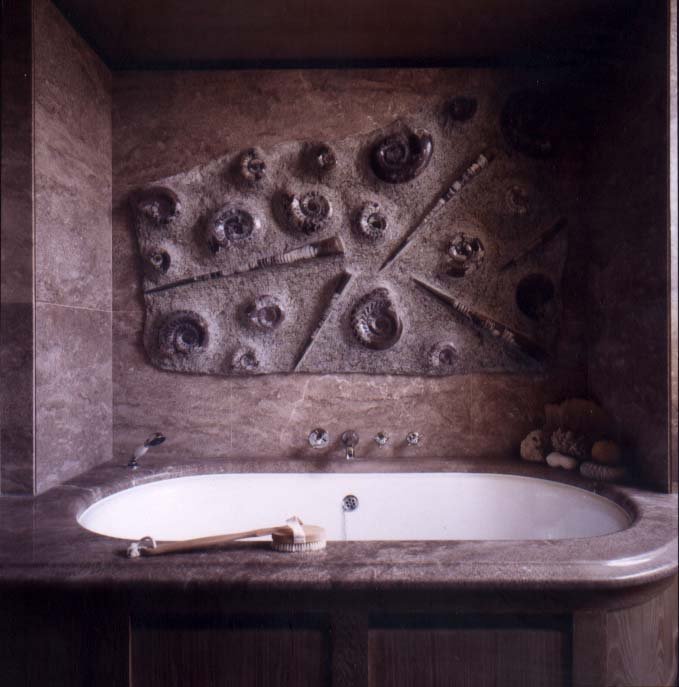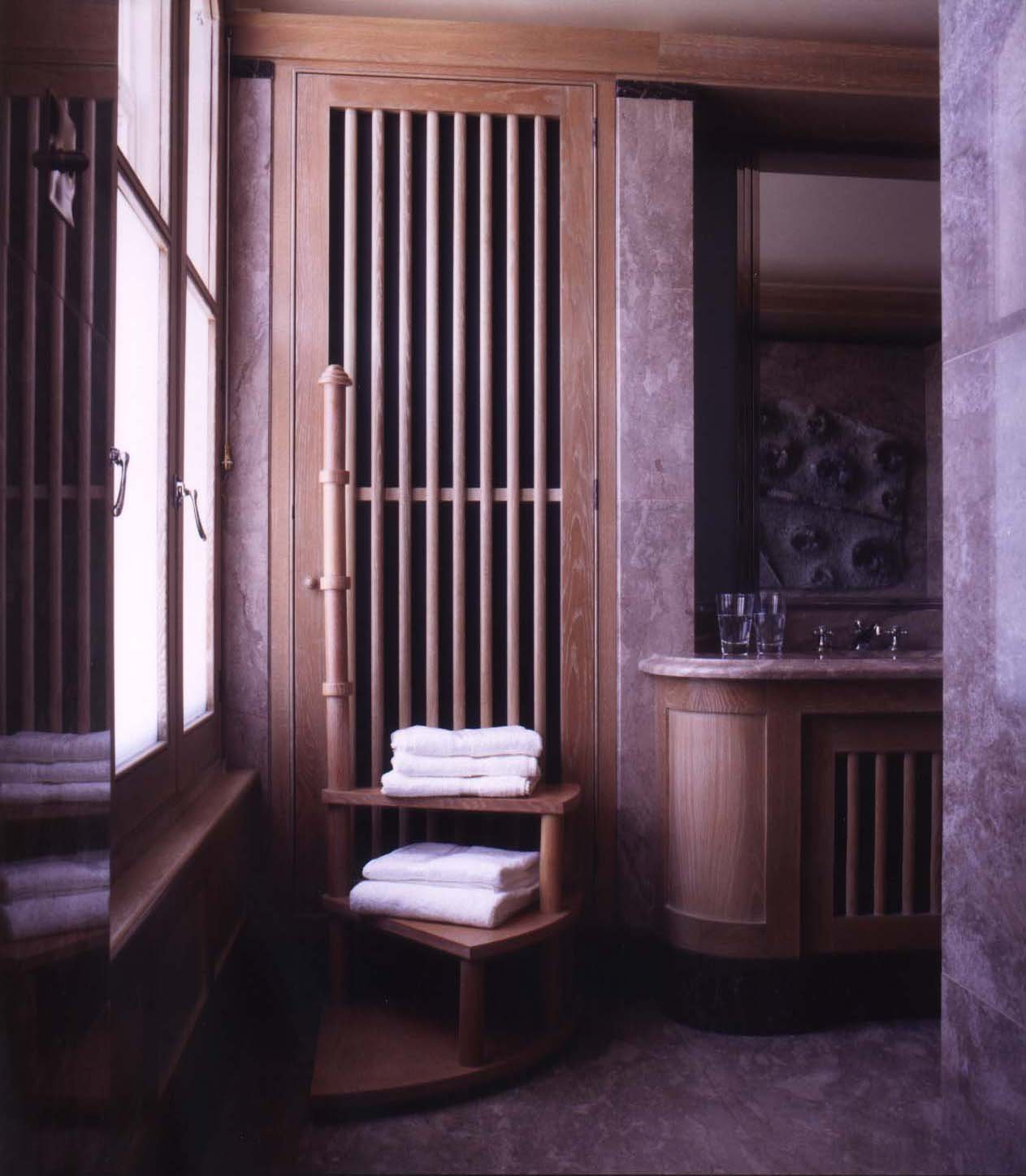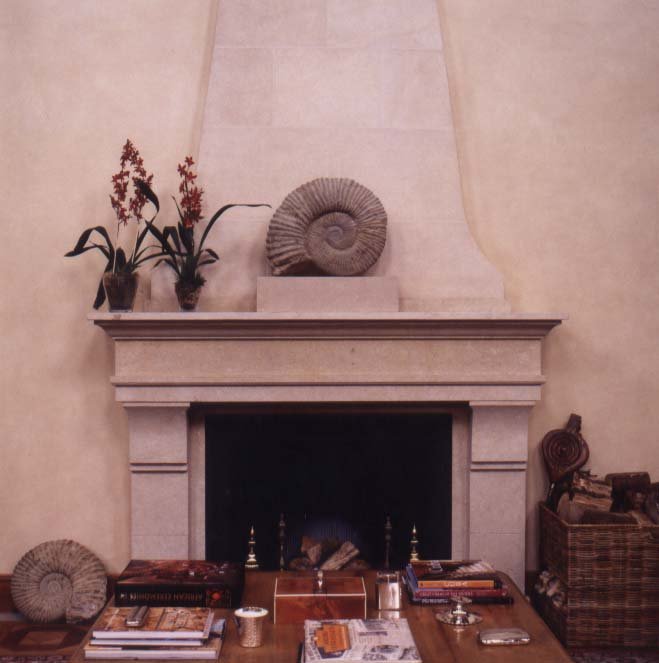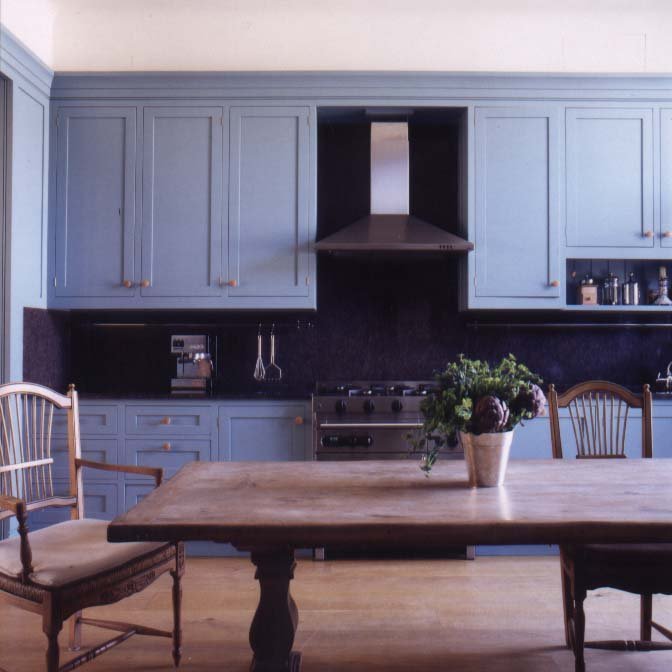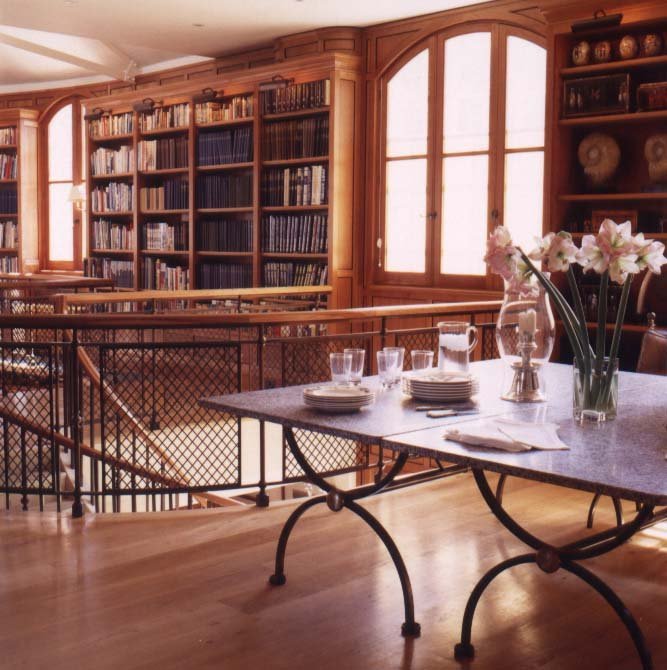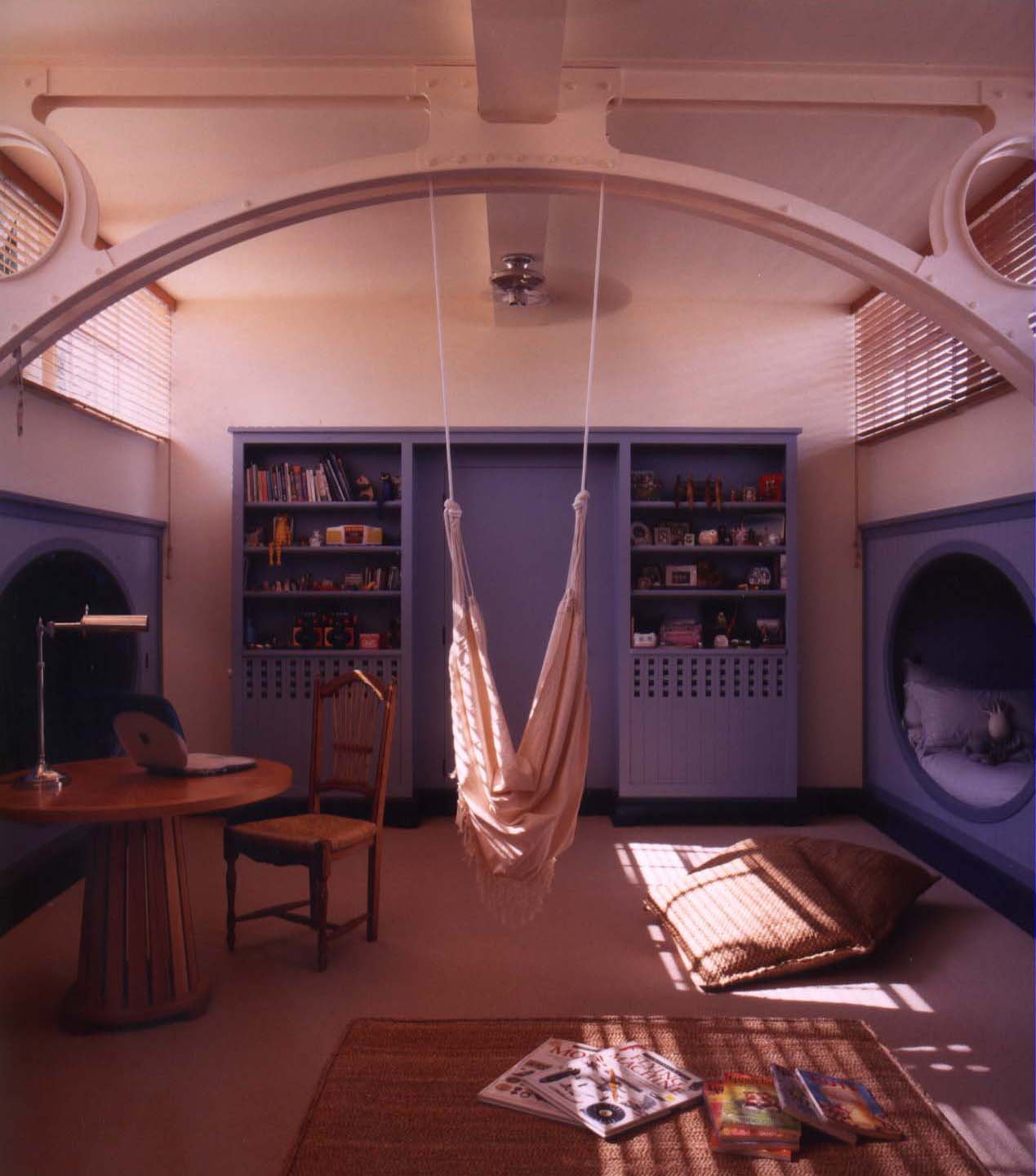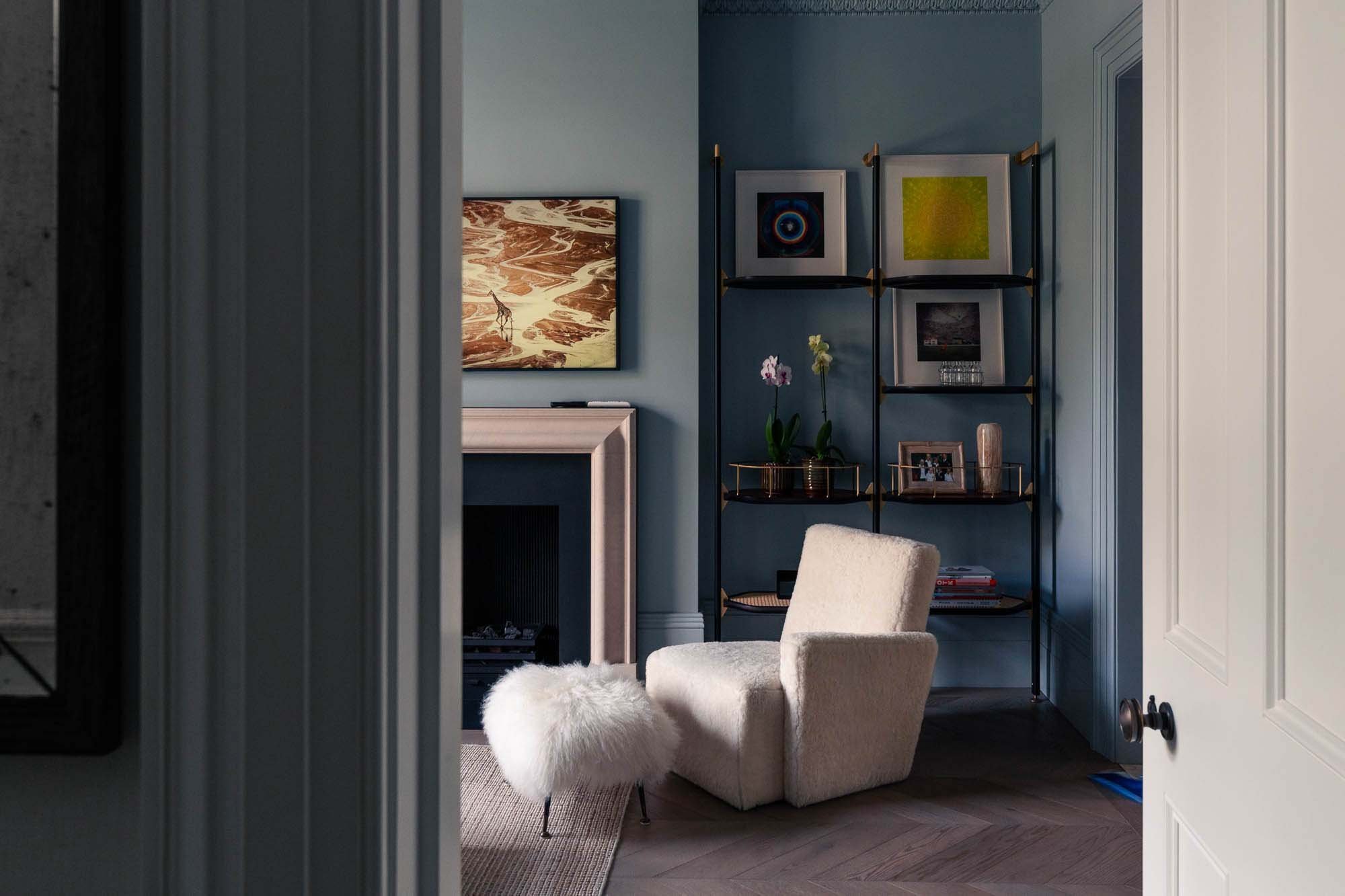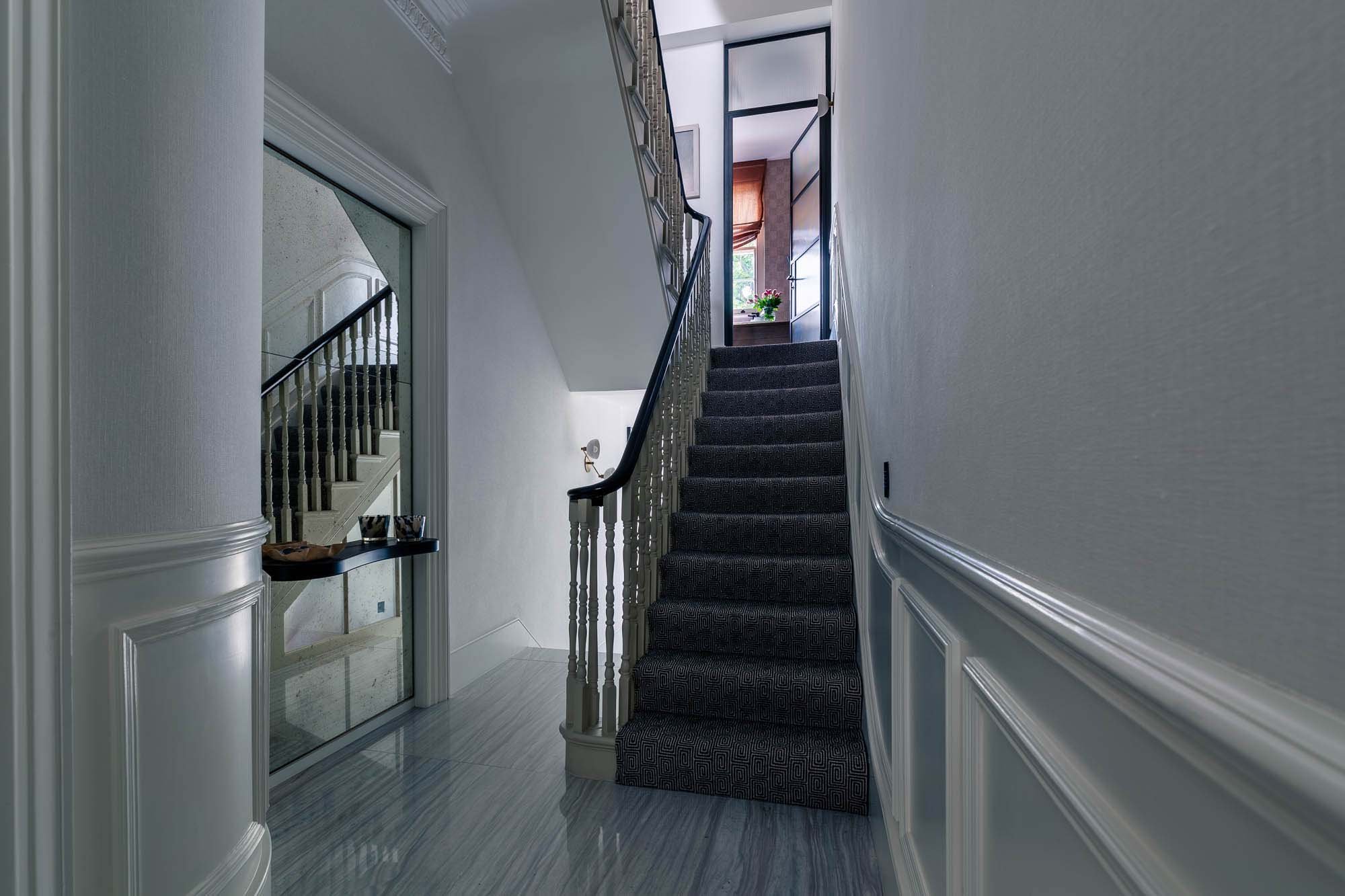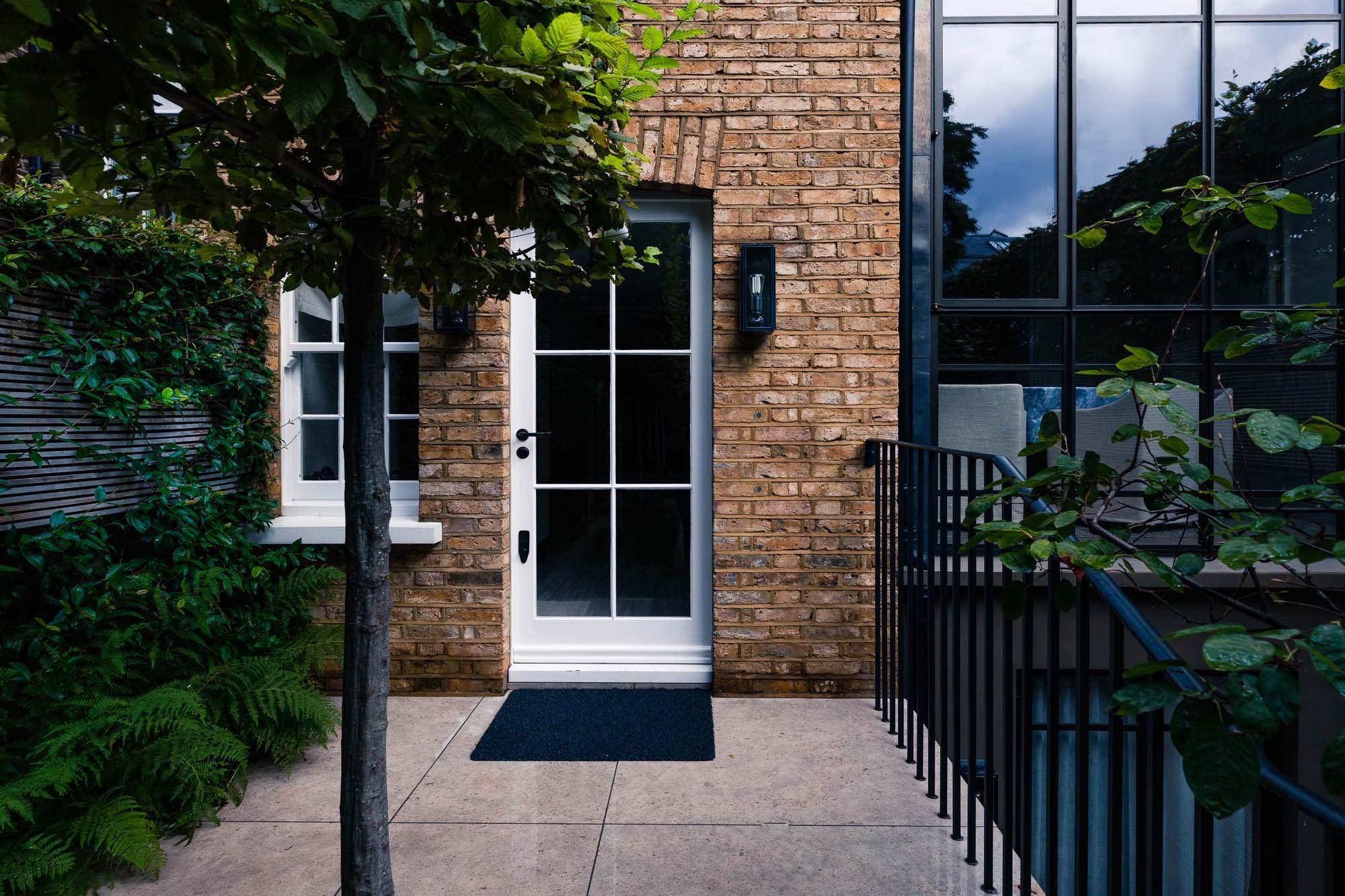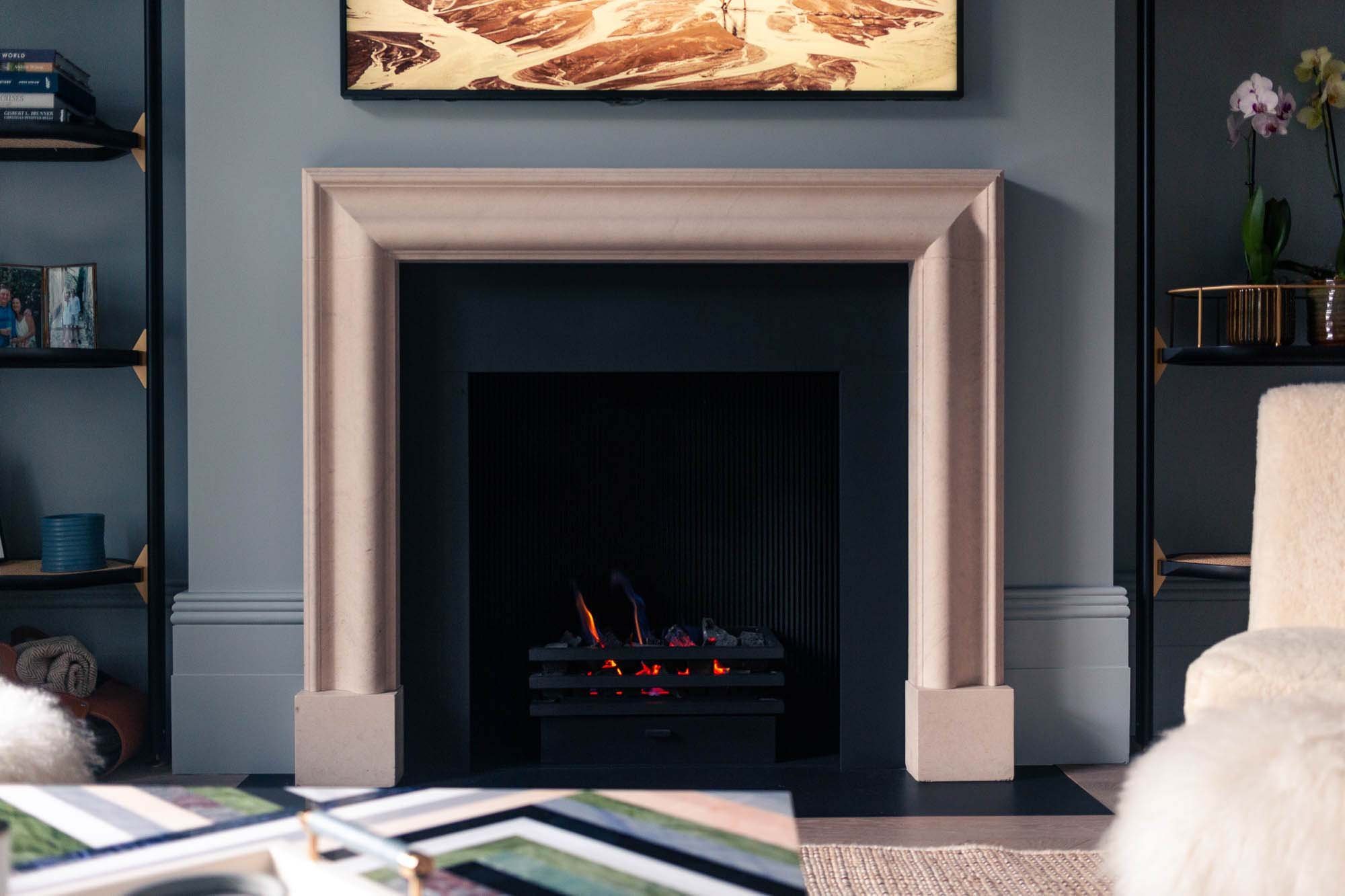Can Changes be made to a Grade 1 Listed Building?
Most Grade 1 Listed Buildings are historically significant, well known buildings, and considered to be important enough to be saved and maintained for the nation. There are smaller numbers of Grade 1 Listed private homes, and any works carried out will need to adhere to the requirements for Listed Building Consent and Planning Permission.
What is a Grade 1 Listed Building?
A Grade 1 Listed Building is at the top of the list for protection and preservation. Consequently, any building work, repairs, or maintenance will need to be carried out with the knowledge and approval of the Planning authorities, via Listed Building Consent. The vast majority of Listed Buildings (around 92%) are Grade 2, around 5.5% are Grade 2* and just 2.5% are Grade 1. Altogether, Listed Buildings account for just 2% of the buildings in the UK.
What Changes can be made?
Application for Listed Building Consent will be required for works for all Listed Buildings, whether it is Grade 1, 2*, or 2. A building can be listed for many reasons, but the overriding reason is to protect and maintain evidence of the past, as historic buildings are considered to be a vital part of Britain’s cultural identity. Therefore any applications to make changes are always very carefully considered by the Planning authorities and generally revolve around repairs and maintenance, rather than ‘alterations’.
The Requirements for Listed Building Consent
Any proposed works to a Grade 1 Listed Building are likely to attract more scrutiny than an application for new windows for a Grade 2 Listed Building. Although it’s worth remembering that Listed Building Consent is required for works on Listed Buildings, whatever Grade they are. Our Chartered Architects with specialist historic buildings knowledge and experience will guide clients through the process. They are familiar with what is and isn’t allowed, and will be in touch with the local authority Conservation Officer if required. As ever, the Planning Portal has clear information. Applications need to contain enough information to make it very easily understood what is being proposed, as well as the plans for the return of the building to its normal state after any groundworks, for example. A Design & Access statement may be required, which will describe key architectural and historic features of the building and crucially, which of those features have enabled the building to be assigned Listed Building status.
Maintaining History
As with all Listed Buildings, the primary concern of Planning and Conservation officers, as well as professional architects, is to keep the Listed Building in good shape. So it’s still possible to put a new bathroom or kitchen into a Grade 1 Listed home, for example, whilst retaining the original structure, significant internal walls, precious tiles, and so on. For Grade 1 Listed public buildings and structures, the aim is usually to prevent deterioration – such as weather damage, for example, and to protect the integrity and overall look and design of the building. There will be instances where, for example, an original roof tile is damaged or a section of a stained glass window cracks. These repairs will be allowed but using appropriate materials, matching original colours and so on. The actual methods of repair and renovation matter too. Our architects will search for builders and craftspeople who have experience working on these types of buildings and who use or can source, the appropriate materials – such as lime plaster, antique slates or particular types of cobblestones. Not all Grade 1 Listed Buildings are town halls or cathedrals, though. The Isokon Building, the first modernist block of flats, is Grade 1 Listed.
Have a project in mind?


